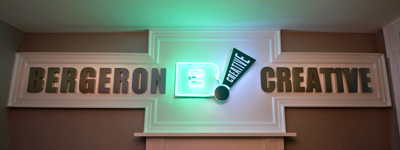
Packaging is the enclosure that contains, protects, preserves, describes and identifies a consumer product for distribution, display, sale, and end use. The package design can affect everything from breakage rates in shipment to whether retailers will be willing to stock it. For example, “displayability” is an important concern to most stores. In addition, the labeling is often required to contain certain information depending on what, where and how the product will be distributed. For example, labels on food products must contain information about their ingredients and nutritional value.
Apart from conveying important content information and product quality, the packaging is the key to marketability; therefore it must trigger a positive emotional response from the consumer. The use of illustration, color, typography and a variety materials including paper, cardboard, glass, wood, ceramics, metals, textiles and plastics allow brands to come alive on the shelf. The packaging design influences the consumer’s decision far more than they realize when choosing one product over another, especially when the product differentiation is not clear.
It’s a fact that when consumers make a buying decision between items perceived to be the same, the choice is often based solely on the packaging. This is why in-store prototype testing is so critical; the target consumer can be observed and interviewed during the buying process, before going to the expense of production. The right packaging amongst similar products can be the key to differentiating one product from another, giving it instant brand appeal to the target market.

Call us at 617-834-4840 | al@bergeroncreative.com